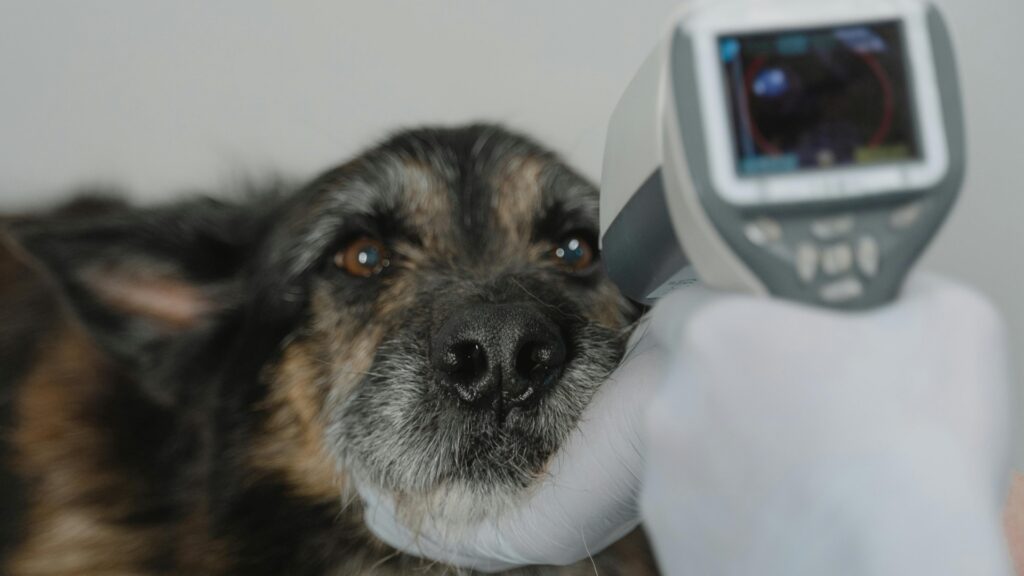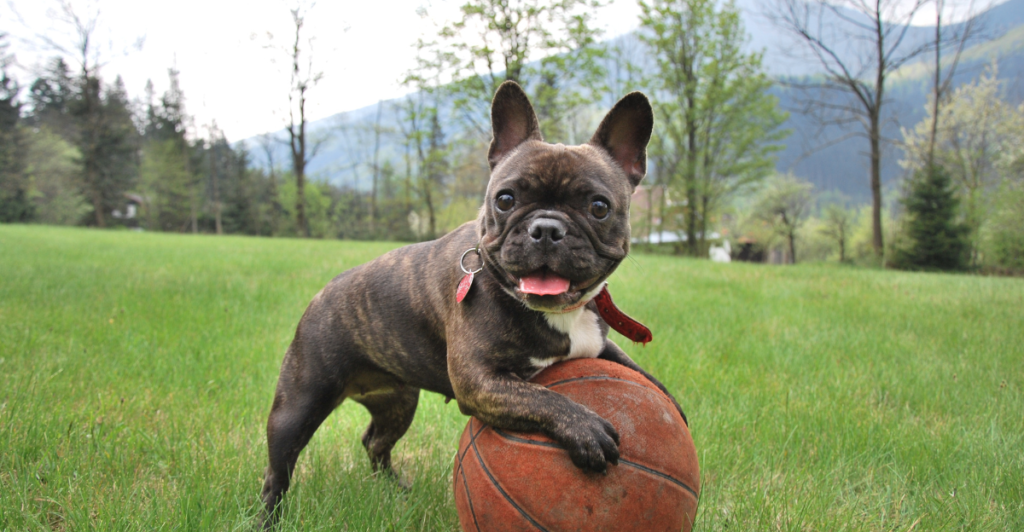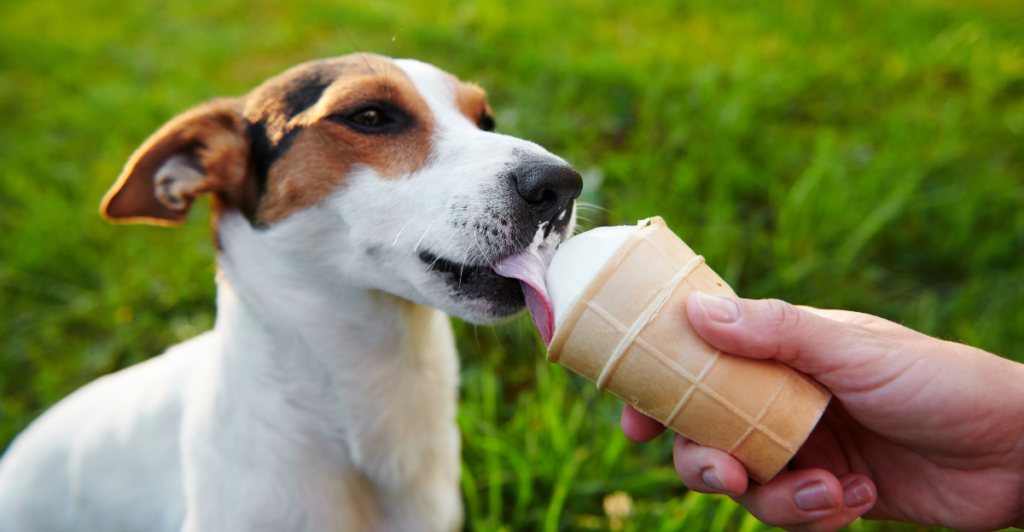
Dogs can’t talk, but their wagging tails, barks, and facial expressions reveal emotions like joy, fear, or excitement. Studies show that their brains light up like ours when exposed to positive stimuli, and they recognize human faces. These remarkable abilities showcase their intelligence and emotional depth. From dreaming to understanding rewards, a dog’s brain is a wonder worth exploring. Let’s dive into 12 incredible facts about how their brains work!
A Dog’s Brain Size

Though dogs’ brains are only about the size of a tangerine, they pack a punch. Their brain-to-body ratio is 1:125, compared to humans’ 1:40. While this means they don’t engage in higher-level thinking, their cognitive abilities surpass many other animals. For instance, great white sharks have a ratio of 1:2,550. Despite their small size, dogs excel in areas like emotion, memory, and recognizing human cues.
Unique Cerebral Cortex

A dog’s cerebral cortex, the brain’s most significant part, differs significantly from humans. Neuroscientist Dr. Gregory Berns’ studies revealed structural and functional variations, particularly in how the cortex processes information. Dogs rely less on reasoning and more on instinct and emotional connection. Despite these differences, their brains are wired to adapt and respond to their environments, showcasing their unique evolution alongside humans.
Dogs Feel Emotions

Thanks to oxytocin, the ” bonding hormone, ” dogs experience emotions like excitement, fear, and even love. When you and your dog share a loving gaze, both your brains release oxytocin. However, dogs lack complex feelings like guilt—what seems like guilt is often fear of your reaction. This insight into their emotions helps us understand and strengthen the human-dog bond.
Can Dogs Get Depressed?

Yes, dogs can experience depression and anxiety, similar to humans. These emotions can sometimes lead to conditions like PTSD. Anti-anxiety medications, including SSRIs like Prozac, have shown positive effects in treating their symptoms. Dr. Jill Sackman explains that serotonin plays a vital role in improving their mood, making these treatments beneficial for mental health issues in dogs.
Dogs Don’t Plan for the Future

Dogs live in the moment and don’t plan for future events, as their prefrontal cortex isn’t as developed as ours. They experience rich emotional lives but focus solely on the here and now. This instinct-driven approach to life shapes their interactions and responses, allowing them to adapt quickly without overthinking situations.
Reward-Driven Brains

A dog’s brain responds strongly to rewards thanks to the caudate nucleus, rich in dopamine receptors. This brain region processes pleasure and learning, lighting up when dogs recognize positive stimuli like hand signals or treats. Neuroscientist Dr. Gregory Berns found similarities between human and dog responses, highlighting how rewards shape canine behavior and deepen their connection with us.
Powerful Sense of Smell

A large portion of a dog’s brain is devoted to analyzing smells. Their olfactory bulb, which is responsible for processing scents, is much larger than ours. This extraordinary ability allows them to detect bombs, drugs, or even diseases. Dogs associate scents with memories, making their sense of smell a critical tool in search, rescue, and even emotional recognition.
Recognizing Human Faces

Dogs can recognize human faces and interpret emotions. Studies reveal that specific brain regions activate when dogs view human faces, demonstrating their unique ability to read facial cues. This skill helps them bond deeply with their owners and respond to subtle changes in expression, making them highly intuitive companions.
Dogs Dream, Too

Like humans, dogs go through sleep stages, including REM, where dreaming occurs. They likely dream about familiar activities, such as chasing toys or playing. Research on the hippocampus’s key to memory and learning suggests that their dreams reflect daily experiences. Observing a twitching paw or wagging tail during sleep might mean they’re reliving joyful moments!
Toddler-Level Intelligence

Dogs are as smart as two-year-old children, capable of understanding up to 165 words. They also excel in problem-solving and basic math, often outsmarting toddlers in puzzles. Engaging your dog with brain-teasing games can stimulate their minds, enhance their learning, and strengthen the bond you share.
Dogs vs. Cats—Who’s Smarter?

Scientific studies show that dogs outshine cats in intelligence, with more than double the number of neurons in their cerebral cortex. Neurons, responsible for processing information, indicate higher cognitive abilities. Dogs’ impressive neuron count helps explain their problem-solving skills, social adaptability, and complex emotional responses.
Brain Freeze in Dogs

Dogs might experience brain freeze when eating icy treats too quickly. This phenomenon, caused by nerve sensations on the palate, is similar to what humans feel. While dogs may not stop eating like we do, offering frozen snacks in small portions can prevent discomfort. Mix icy goodies with regular snacks to keep their summer treats fun and safe!
Stay connected with us for more stories like this! Follow us to get the latest updates or hit the Follow button at the top of this article, and let us know what you think by leaving your feedback below. We’d love to hear from you!







